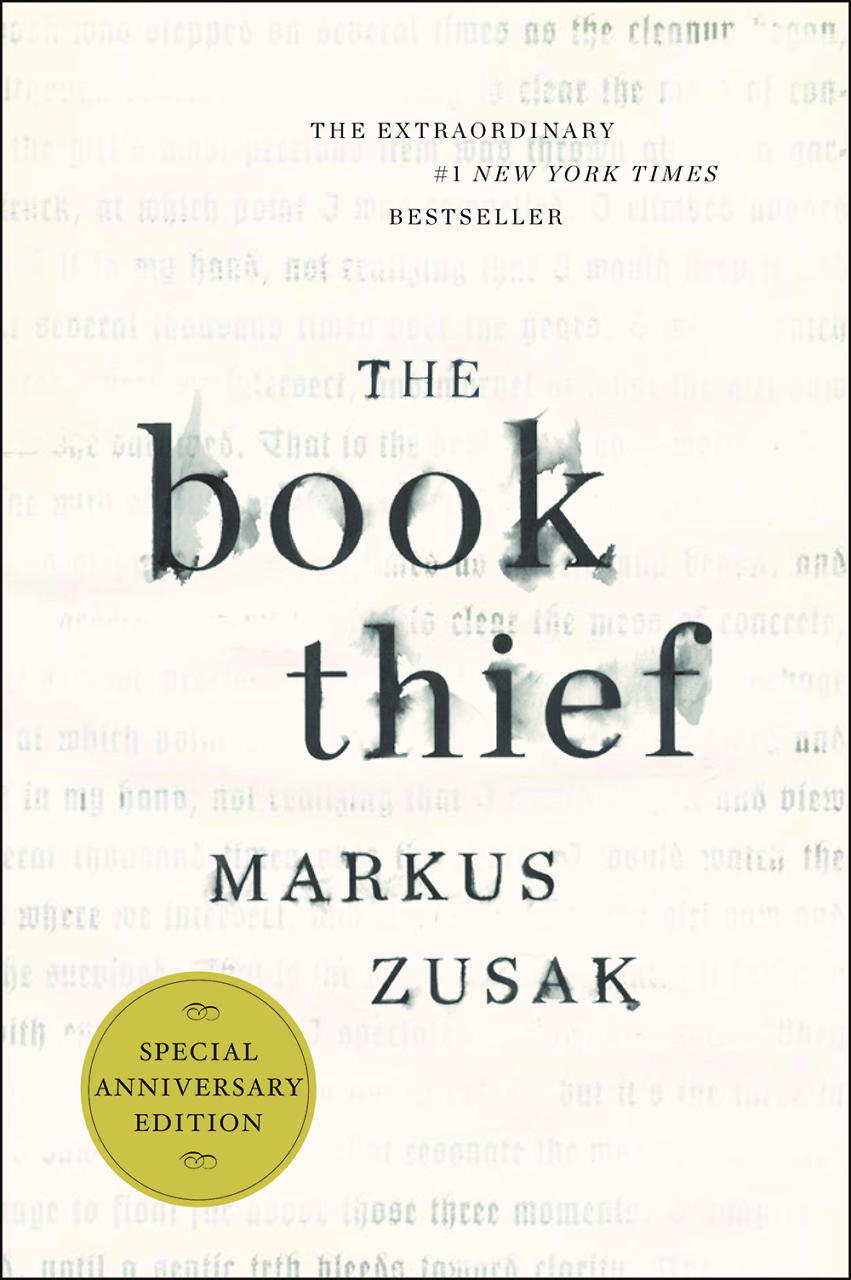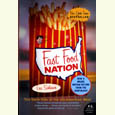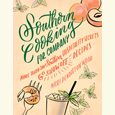Carrie, Before Blahniks
Candace Bushnell’s latest novel is the sequel to the prequel to Sex and the City
It’s tempting to conflate novelist Candace Bushnell with Carrie Bradshaw, her most famous fictional creation. Like Carrie, Bushnell went to New York as a starry-eyed ingenue who wanted to become a writer; like Carrie, Bushnell landed a job at a New York newspaper writing a column about dating in Gotham. Unlike Carrie, however, Bushnell managed to parlay her small-time big-city success into a global phenomenon: the iconic HBO smash Sex and the City, which ran for six seasons and spawned two full-length movies (not to mention thousands of Carrie wannabes). It also launched Bushnell as a mega-bestselling novelist: (Four Blondes, Trading Up, Lipstick Jungle, One Fifth Avenue, and of course the Sex and the City spinoffs: The Carrie Diaries, and now Summer and the City, which purports to continue Carrie’s backstory for Young Adult readers (The Carrie Diaries describes Carrie’s high-school years; Summer and the City picks up at the moment our fresh-faced heroine arrives in New York to spend the summer before college—which she ultimately decides to ditch in favor of bohemian city life, by the way—working as an intern.
This is not quite Candace Bushnell’s own story, but it’s close enough. Bushnell has said she “fled” college to come to New York at nineteen, where she immediately began associating with (and dating) the rich and famous. In 2002, New York magazine called her “the patron saint of high-end power girls, the woman who got the ball rolling on the who-needs-a-husband-when-you-have-a-doorman mentality.” But this description is not quite accurate. Bushnell’s heroines, even as they swear fealty to fashion, friendship, and social climbing, avidly pursue boyfriends and/or husbands, often as their very tickets are punched to the material success that would lead to (among other things) a doorman. For Carrie and her friends, dating is a cat-and-mouse game of strategy, bluffing, careful advances, and even more careful retreats. Nevertheless—in Summer and the City, at least—most of the male characters behave brutally or inscrutably, a fact which may lead many YA readers to wonder whether it wouldn’t be better just to ditch the guy and shoot for the doorman.
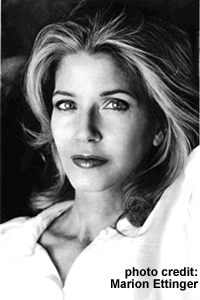 In fact, the whole narrative built around Carrie, Miranda, Charlotte, and Samantha is more than just a tale of glamour and ambition and sex and stilettos. It’s actually a portrait of ideal and enduring female friendship—a love story, if you will, about the affection and loyalty of four women who could not be more different, yet whose bonds transcend not only those differences, but even their relationships with men. In other words, the real “message” of Sex and the City may be that female friendships are stronger and more important than anything else. In real life, this kind of enduring female friendship seems rare: marriage, children, work, and any number of other distractions tend to come first once women move beyond late adolescence. In Sex and the City, however, female friendship is not just something that gets women through the tough, lonely years until they find husbands or become consumed by their careers. Summer and the City describes the way the four best friends so familiar from Sex and the City first crossed paths, and knowing how the story turns out does nothing to diminish the pleasure of reading these first installments.
In fact, the whole narrative built around Carrie, Miranda, Charlotte, and Samantha is more than just a tale of glamour and ambition and sex and stilettos. It’s actually a portrait of ideal and enduring female friendship—a love story, if you will, about the affection and loyalty of four women who could not be more different, yet whose bonds transcend not only those differences, but even their relationships with men. In other words, the real “message” of Sex and the City may be that female friendships are stronger and more important than anything else. In real life, this kind of enduring female friendship seems rare: marriage, children, work, and any number of other distractions tend to come first once women move beyond late adolescence. In Sex and the City, however, female friendship is not just something that gets women through the tough, lonely years until they find husbands or become consumed by their careers. Summer and the City describes the way the four best friends so familiar from Sex and the City first crossed paths, and knowing how the story turns out does nothing to diminish the pleasure of reading these first installments.
In advance of her Memphis appearance on April 29, Candace Bushnell answered a few questions from Chapter 16 via email.
Chapter 16: Summer and the City is billed as a YA novel, as was its prequel, The Carrie Diaries. When writing for younger readers, do you tweak your approach to what is arguably a sophisticated, adult, even R-rated world? Have you gotten any flack from parents worried that their impressionable teen is using the Carrie novels as a gateway drug leading to the sophisticated world of Sex and the City?
Bushnell: Not really, because the original book wasn’t “R-rated” either. When the producers brought the book to HBO, they decided to take full advantage of HBO’s relaxed standards as to language and nudity. Interestingly, I’ve never had anyone comment to me about the nudity or language in the series. It’s always about how they love the friendships. Or the shoes.
Chapter 16: It’s impossible for a reader not to note the surface similarities between your professional and personal history and Carrie’s fictional trajectory. Did you, like Carrie, always want to come to New York and write?
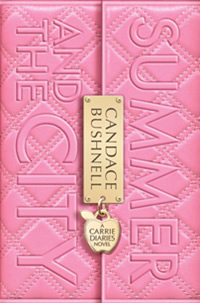 Bushnell: Oh yes. Ever since I was eight years old.
Bushnell: Oh yes. Ever since I was eight years old.
Chapter 16: Summer and the City takes place in New York in the 1980s—a lost world as surely as Hemingway’s Paris of the ’20s is lost. Chelsea is no longer gritty, the only people selling drugs in Washington Square Park are cops, and the zany creative mash-up of brilliant, poverty-stricken artists and writers and playwrights and so forth that thrilled young Carrie to her core no longer exists in Manhattan. Thirty years later, where might a budding writer-to-be find the milieu Carrie plunged happily into?
Bushnell: Probably in Brooklyn! But you’re right: it certainly was another era. Artists were happy to have a roof over their heads, “labels” existed only for the very wealthy who lived on the Upper East Side, and being overly concerned with making money was considered déclassé—something bankers did, and no one wanted to know bankers. Today, the goal seems to be to get rich any way you can, while being an actual artist sounds “precious,” but with this lousy economy, we’ll probably cycle back to those more naïve times. After all, the scene in New York in the ’70s and early ’80s came out of the reality that the city was broke. Young people had nothing to lose, so why not become an artist?
Chapter 16: While we’re all reading your books, whose books are you reading right now?
Bushnell: I’m reading Joyce Carol Oates’s A Widow’s Story and [Charlotte Bronte’s] Jane Eyre.
Candace Bushnell will discuss Summer and the City at Barnes & Noble Booksellers in Memphis on April 29 at 7 p.m.

